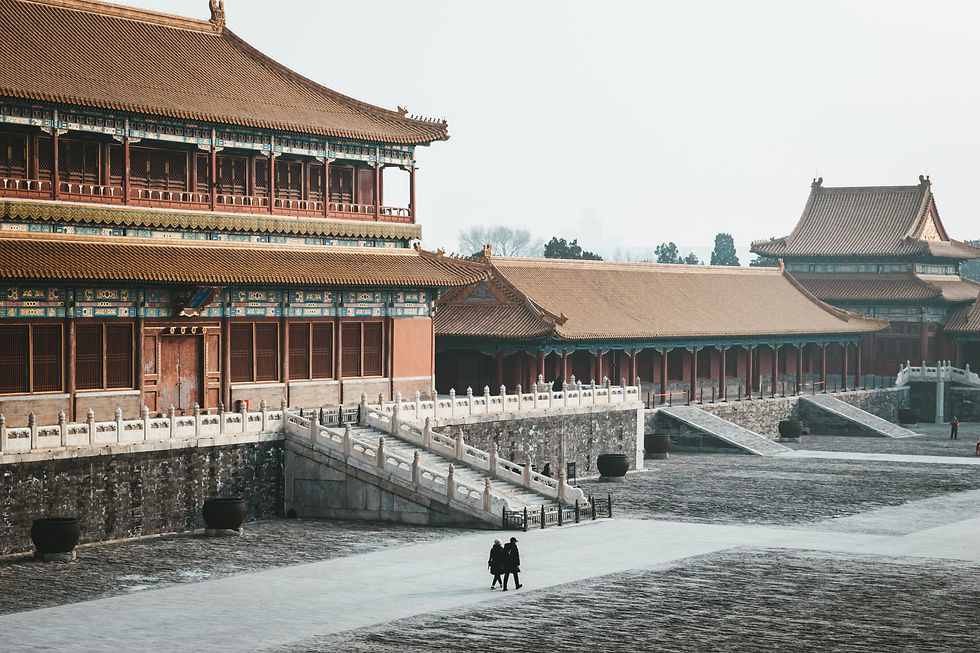Cash Flow 101: How to Optimize the Movement of Money for Financial Freedom
- Tim Gratis
- Aug 20, 2023
- 2 min read

Financial freedom is frequently an unobtainable goal. But anyone can achieve it with the appropriate approach and discipline. Understanding and controlling your cash flow, or the flow of money into and out of your accounts, is one of the fundamental building blocks of financial freedom. You can make sure that your money is working for you rather than against you by optimizing your cash flow. In this article, we'll explore how having a solid understanding of cash flow could strengthen the way you manage your money.
Understanding Cash Flow
Cash flow represents your income (money coming in) and expenses (money going out). This includes your salary, any passive income, and monthly expenses such as rent, utilities, and groceries. A positive cash flow means that you're earning more than you're spending. In contrast, a negative cash flow indicates that your expenses exceed your income.
Track Your Income and Expenses
The first step in optimizing cash flow is to track your income and expenses. Keep a record of all your sources of income, as well as your fixed and variable expenses. This will give you a clear picture of your financial situation and help you identify areas where you can cut costs or boost income.
Build an Emergency Fund
Unexpected expenses can easily disrupt your cash flow. To avoid this, build an emergency fund covering at least three to six months' living expenses. This fund should be easily accessible and separate from your regular savings or investment accounts.
Pay Off High-Interest Debts
High-interest debts, such as credit card balances, can significantly impact your cash flow. Prioritize paying off these debts to free up more money for savings or investments. The debt avalanche method can be a practical approach where you focus on paying off the debt with the highest interest rate first.
Create Multiple Streams of Income
Relying solely on one source of income can be risky, especially during economic downturns. Diversify your income by exploring side hustles, freelance work, or investing in dividend-paying stocks. Multiple income streams can cushion you during tough times and help you achieve financial freedom faster.
Automate Savings and Investments
Automation can be a game-changer for optimizing cash flow. Set up automatic transfers to your savings or investment accounts as soon as you receive your paycheck. This ensures that you're consistently building wealth and reduces the temptation to spend money on non-essential items.
Adjust Your Lifestyle
Living within or below your means is crucial for positive cash flow. Reevaluate your lifestyle choices and cut back on unnecessary expenses. This doesn't mean depriving yourself but finding a balance between enjoying life and being financially responsible.
Review and Adjust Regularly
Optimizing cash flow is an ongoing process. Regularly review your income and expenses, adjust your budget, and make necessary changes to stay on track. As your financial situation evolves, your approach to cash flow management should also adapt.
Conclusion
Optimizing cash flow is essential for achieving financial freedom. By tracking your income and expenses, building an emergency fund, paying off high-interest debts, diversifying your income, automating savings and investments, adjusting your lifestyle, and reviewing your financial situation regularly, you can put yourself on the path to financial success. Remember, it's not about how much money you make but how you manage it that truly matters.







Comments